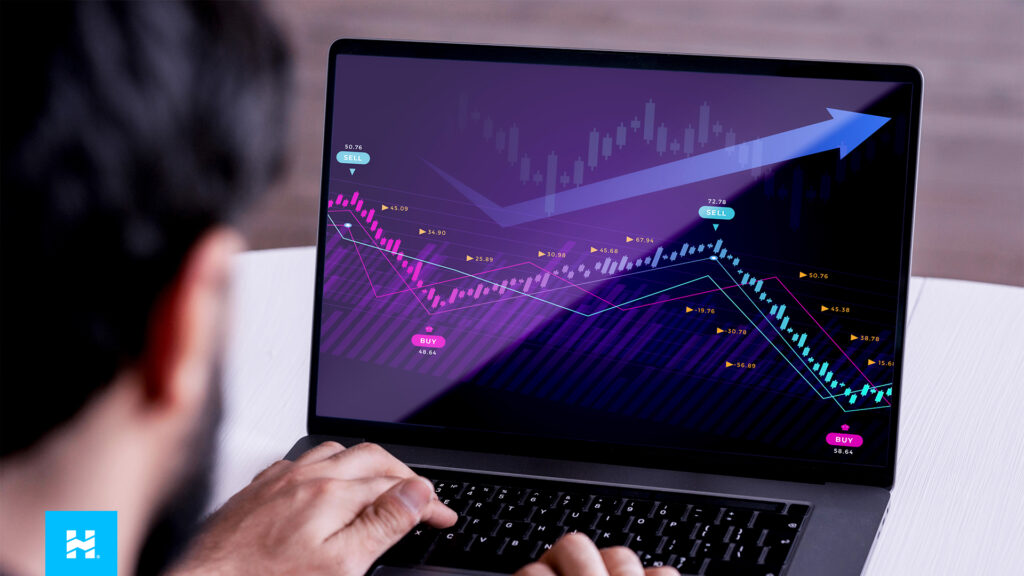What is Risk Management?
Risk management, in the context of trading and investments, is an essential process that involves the identification, evaluation, and mitigation of risks associated with financial operations. Its main objective is to protect the trader’s or investor’s capital and maximize the probability of sustainable profits. Here’s a more detailed explanation:
Key components of risk management:
Risk Identification: The first step in risk management is to identify and understand potential risks. This may include risks associated with the market, the financial instrument, the economy, the political environment, and other factors.
Risk Assessment: Once risks have been identified, their potential impact and likelihood of occurrence should be assessed. This involves quantifying the risk and determining financial exposure.

Establishment of Risk Limits: Based on risk assessment, risk limits or thresholds that the trader or investor is willing to assume are established. These limits may include position size, stop-loss level, percentage of risk per trade, among others.
Diversification: Diversification is a key strategy for risk management. By spreading assets across different asset classes or financial instruments, specific risk associated with a single asset is reduced.
Stop-Loss and Take-Profit: Placing stop-loss and take-profit orders is a fundamental part of risk management. The stop-loss sets a level at which the trade will be automatically closed to limit losses, and the take-profit defines the point at which profits will be taken.
Position Size: Determining the appropriate position size is essential for managing risk. Traders often limit the percentage of their capital they are willing to risk on a single trade.
Capital Management: Capital management refers to how trading capital is managed overall. This includes decisions about how much capital is allocated to each trade and how profits are reinvested.
Monitoring and Adjustments: Risk management is not a static process; it should be continuously monitored and adjusted based on market conditions and the trader’s or investor’s performance. If risk limits are reached or exceeded, adjustments to the strategy can be made.
Trading Psychology: Risk management also addresses trading psychology. Traders must be disciplined and follow their risk management rules even in emotional situations.
Risk management is essential to protect trading capital and avoid significant losses. A successful trader or investor not only focuses on potential profits but also pays careful attention to protecting their capital against market risks. An effective risk management strategy is essential for long-term sustainability in financial markets.
Drawdown and Maximum Drawdown
“Drawdown” and “Maximum Drawdown” are concepts used in finance to assess the performance of an investment or portfolio.
- Drawdown: Refers to the measure of the maximum loss experienced by an investment or portfolio from its peak to its trough before recovering.
- Example: If an investment reaches a peak value of $10,000 and then declines to $8,000 before rebounding, the drawdown would be $2,000 (the difference between the peak and the trough).
- Maximum Drawdown: Is the greatest loss from peak to trough of an investment or portfolio during a specific period.
- Example: If a portfolio reaches a peak value of $10,000 and at some point drops to $7,000 before rebounding, the maximum drawdown would be $3,000 (the largest loss during that period).
How to Calculate Position Size
Position size refers to the number of shares you are willing to buy or sell in a trade. Here’s how to calculate it:
- Determine Your Risk: Decide how much you are willing to risk on the trade. This can be a percentage of your total capital or a fixed amount of money.
- Set Your Stop-Loss: Decide at what level you will close the trade if the stock price moves against you.
- Calculate Position Size: Use the formula: Position Size = Risk per Trade / Distance to Stop-Loss. This will give you the number of shares you can buy or sell.
- Adjust for Lot Size: Note that stocks are traded in lots. Make sure to adjust your position size to align with the standard lot size of the market you are trading in.
- Consider Leverage: If you are trading with CFDs, consider the available leverage and how it will affect your position size and exposure to risk.
Always remember to practice proper risk management and trade within your risk tolerance and financial capability.

